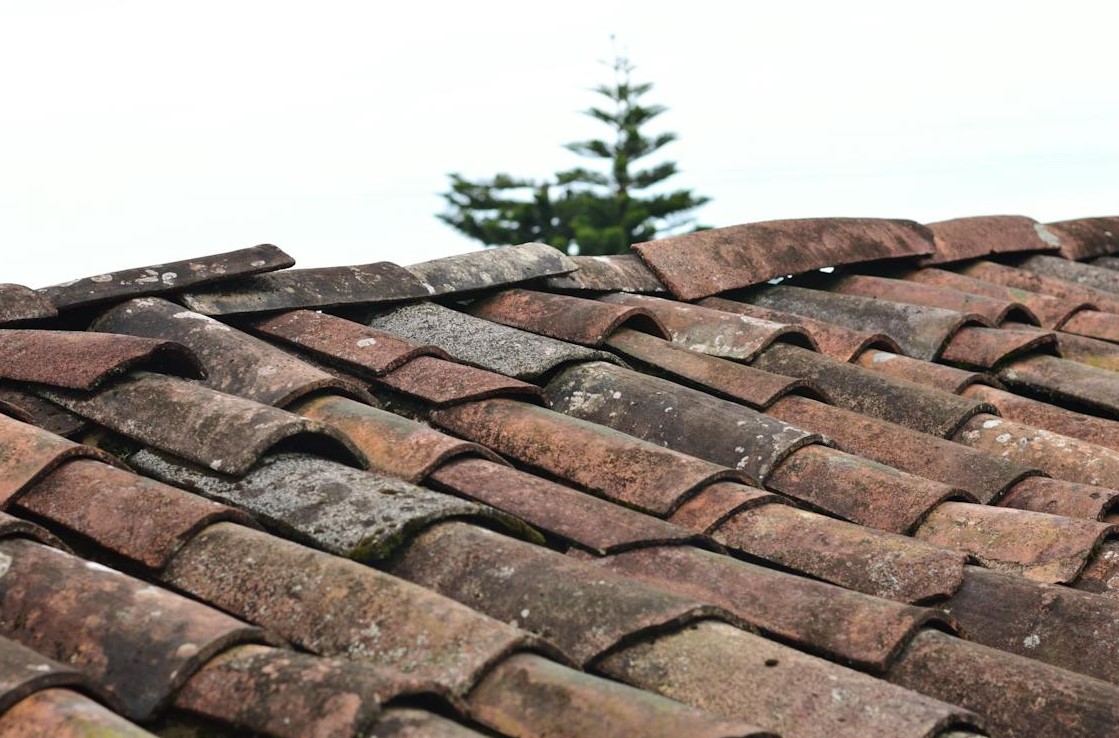Whether it's heavy rainfall, strong winds, or hail, storms can compromise the structural integrity of your roof. That, in turn, can lead to leaks, missing shingles, or even more severe issues.
As reported by AZ Family, during Storm Hilary, Yuma County saw shingles flying off from residents’ roofs. Several residents sustained more severe roof damage than just broken or missing shingles.
In the aftermath of a storm, the key to restoring your home's protection lies in a well-thought-out roof repair strategy. Here are some crucial tips to guide you through the process and ensure a thorough and effective restoration of your roof after a storm.
#1 Conduct a Thorough Inspection
Before embarking on any repair efforts, it's crucial to conduct a detailed inspection of your roof. Climbing onto the roof and carefully examining its surface can reveal the extent of the damage caused by the storm.
When the monsoon storms hit Arizona earlier this July, local roofing companies became extremely busy. According to KOLD, the roofing companies had field inspectors working for days conducting rooftop inspections. Such inspections are vital for understanding the extent of the damage and how much time, effort, and resources will be needed to fix it.
Start by checking if you have missing or damaged shingles. Also, look for cracks and signs of water infiltration. Observe the flashing around the chimneys and vents. These areas tend to develop leaks due to storms.
Of course, if you’re unsure of how to check for rooftop damages, don’t hesitate to get in touch with professional roofers. You might want to fix the roof yourself, but at least let the roofing company do the inspection for you.
#2 Prioritize Immediate Repairs
After identifying the areas that require attention, prioritize immediate repairs to prevent further damage. Tarping or covering exposed areas can temporarily protect your home from additional water infiltration. Addressing urgent issues promptly can minimize the risk of secondary damage to the interior of your home, like mold growth or compromised structural elements.
According to Forbes, immediate roof repairs typically involve covering the exposed areas. This helps protect the house and its residents from the elements outside. After this is taken care of, move on to any other pressing issues at hand, especially those that might damage the house structure.
#3 Document the Damage
As you proceed with your roof repair strategy, document the damage thoroughly. You can do this by taking photographs and making detailed notes of the affected areas on your roof.
This documentation can assist you in communicating effectively with insurance adjusters, contractors, and other professionals involved in the repair process. It also provides a clear record of the damage for your own records, aiding in any potential future claims or disputes.
When communicating with your insurance company, be sure to provide them with the necessary documentation promptly. Insurance adjusters rely on accurate and comprehensive information to assess the extent of the damage and determine the coverage applicable to your policy.
#4 Work with Professional Roofers
Recently, as reported by NBC 7 San Diego, San Diego County had to deal with the impacts of Storm Hilary. Much like Yuma County, this part of America also saw its roofs getting damaged. As a result, San Diego roofers had their work cut out for them. These roofing contractors were being called for everything from simple roof repair jobs to full-on roof replacement jobs.
People, of course, have been reaching out to these professionals for a good reason. According to the Peak Builders & Roofers of San Diego, experience matters a lot when it comes to hiring professional roofing contractors. Experienced roofing contractors can ensure that the repairs are conducted to industry standards. That, in turn, helps safeguard the longevity and integrity of your roof.
Besides, experienced professionals have better judgment. They can tell from a mile away whether a roof requires a complete replacement or just some repairs.
#5 Plan for Long-Term Resilience
While addressing the immediate damage is crucial, a comprehensive roof repair strategy should also include plans for long-term resilience. Consider upgrading your roofing materials to more durable and weather-resistant options. Impact-resistant shingles, metal roofing, or other resilient materials can enhance your roof's ability to withstand future storms.
Apart from material upgrades, assess the overall condition of your roof and address any underlying issues that may have contributed to the storm damage. Proper ventilation, adequate insulation, and regular maintenance are essential components of a resilient roof.
By investing in long-term solutions, you can reduce the likelihood of extensive damage in future storms and prolong the lifespan of your roof.
In conclusion, crafting an effective roof repair strategy after a storm requires a combination of careful inspection, immediate action, professional assistance, and long-term planning. By sticking to these tips, you can navigate the challenges posed by storm-damaged roofs with confidence. That, in turn, will help you restore your roof and enhance its resilience against future storms.










